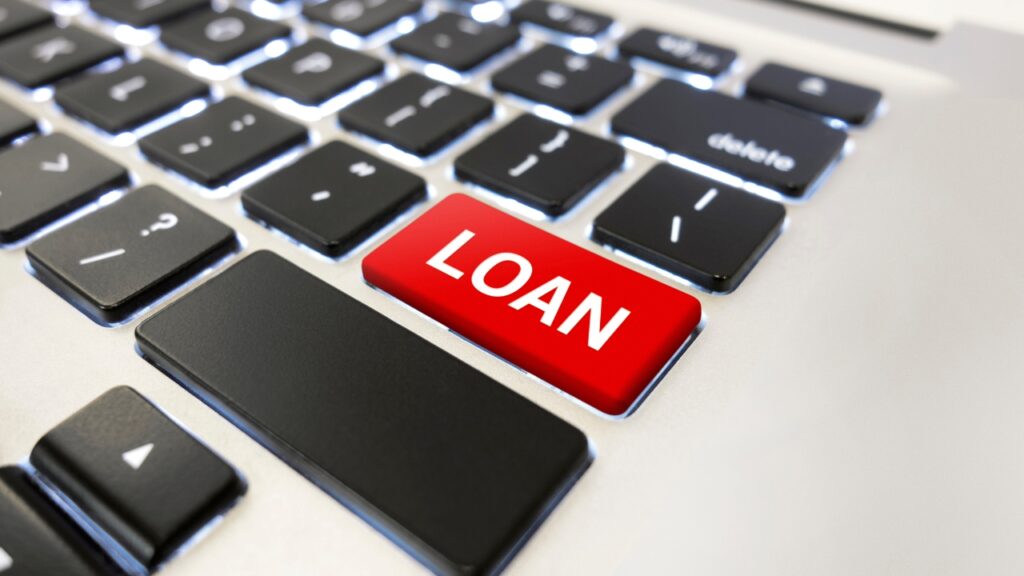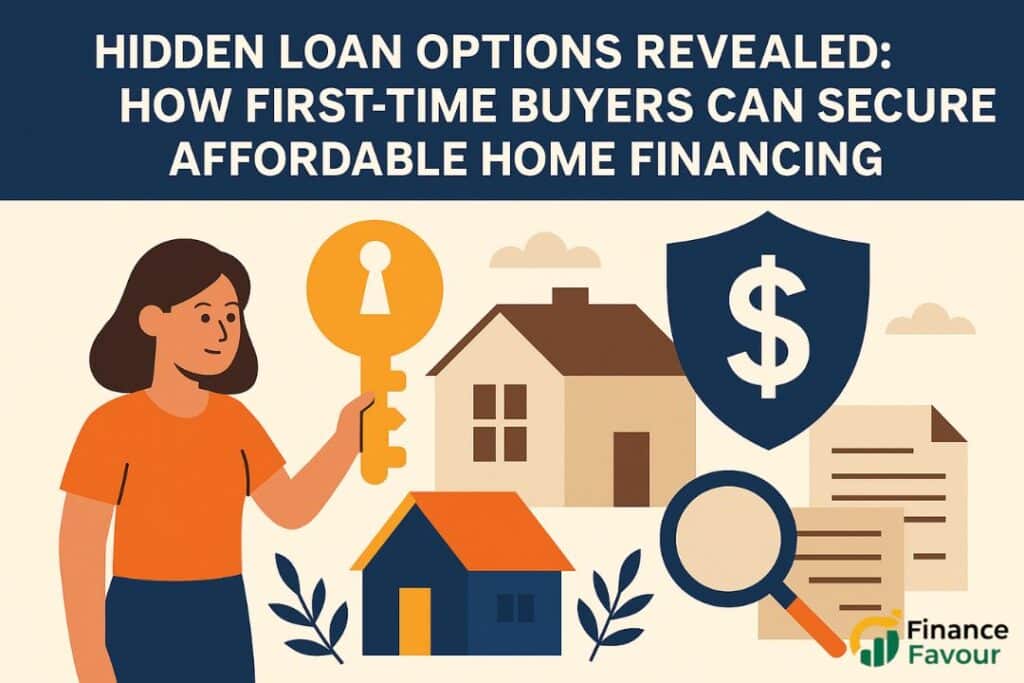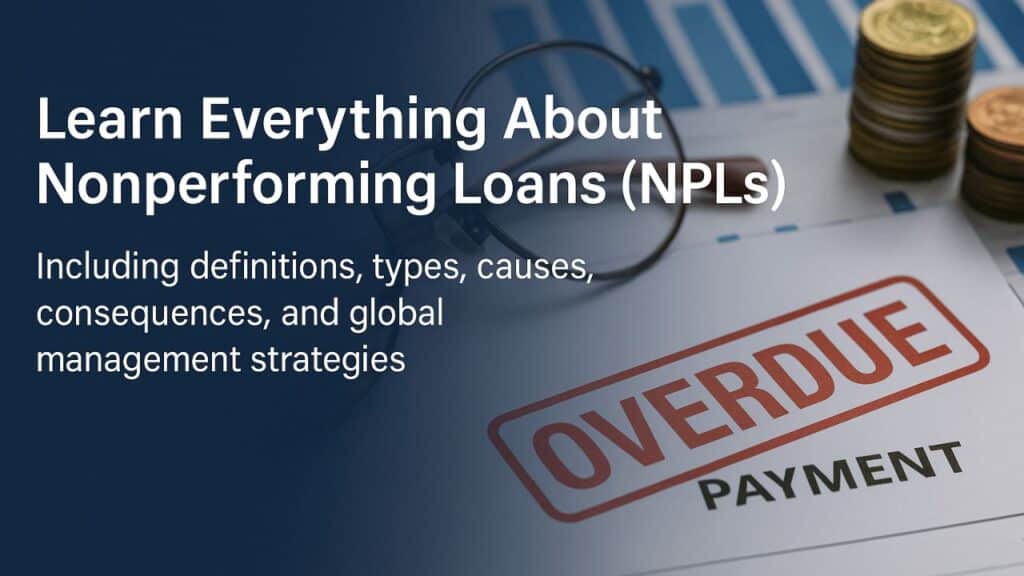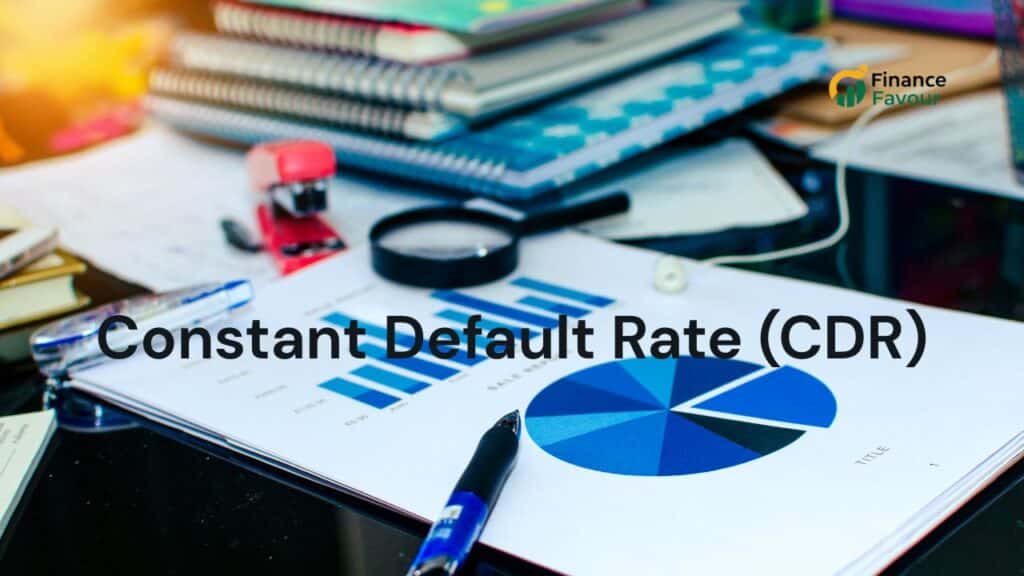Imagine investing in real estate with just 10% down. That’s the appeal of a 90 LTV DSCR loan—a powerful financing option where you borrow up to 90% of the property’s value, all based on its income, not your W2s. It’s a game-changer for real estate investors who want to scale quickly without exhausting their personal capital.
While traditional lenders often cap LTVs at 75–80%, certain lenders now offer DSCR (Debt Service Coverage Ratio) loans with 90% LTV—making it easier for qualified investors to buy more with less. In this guide, we’ll dive deep into how these loans work, who offers them, the pros and cons, and what you need to qualify. Whether you’re a seasoned investor or just starting out, understanding 90 LTV DSCR loans could transform your portfolio growth strategy.
What is a DSCR Loan?
DSCR Defined
DSCR stands for Debt Service Coverage Ratio, a measure used by lenders to assess a property’s ability to cover its loan payments. The formula is simple:
DSCR = Net Operating Income (NOI) / Debt Service (Loan Payments)
If your property earns $6,000/month in net income and your monthly mortgage payment is $5,000, your DSCR is 1.2. Lenders typically look for a minimum DSCR of 1.25, meaning the property makes 25% more than what’s needed to pay the loan.
How DSCR Loans Differ from Traditional Loans
The beauty of DSCR loans is that they don’t depend on your personal income. Unlike traditional loans that require tax returns, pay stubs, and debt-to-income ratios, DSCR loans focus on the property itself.
Here’s how they stand out:
- No personal income verification
- No job history required
- No W2s or tax returns needed
- Faster approvals
That’s why real estate investors love them—they make it easier to grow a portfolio without dragging your personal finances into every deal.
What Does 90 LTV Mean?
Breaking Down the Loan-to-Value Ratio
LTV, or Loan-to-Value, measures how much you’re borrowing relative to the property’s value. For example:
- Buying a $500,000 property
- 90 LTV loan = $450,000 borrowed
- You bring $50,000 to closing (10% down)
A high LTV means lower upfront cash requirements—but also more risk for the lender.
Why 90 LTV is a Big Deal in Real Estate Lending
Most DSCR loans top out at 70–80% LTV. Why? Because lenders want investors to have “skin in the game”—more equity means less risk if the property underperforms.
That’s why a 90 LTV DSCR loan is so significant. It gives you a massive edge:
- Lower down payment
- More leverage
- Ability to buy more properties faster
But it also means lenders will demand stronger borrower and property profiles to justify the risk. Not every investor or property will qualify—but if you do, the payoff can be huge.
The Mechanics of a 90 LTV DSCR Loan
How These Loans Work
A 90 LTV DSCR loan functions just like a regular DSCR loan—with one big difference: the down payment is only 10%. The lender funds the remaining 90%, based entirely on the property’s cash flow.
To qualify, your property must:
- Have a DSCR of 1.25 or higher (some require 1.3+ for high LTV)
- Show proven rental income (through leases or historical income)
- Be in good condition (no major repairs needed)
- Be in a market with strong demand
Borrowers must also meet lender criteria, including solid credit and liquidity. If approved, you’ll typically get:
- 30-year fixed or interest-only terms
- No income verification
- No tax returns required
Some lenders also offer interest-only options for the first few years, boosting cash flow early on.
Common Terms and Conditions
With a 90 LTV DSCR loan, expect:
- Rates starting around 8–10%, depending on the lender and DSCR
- Origination fees: usually 1–2%
- Prepayment penalties: typically 3–5 years on tiered structures
- Property types: multifamily, SFRs, short-term rentals, and mixed-use
Because of the high leverage, some lenders may:
- Require reserves (6–12 months of payments)
- Cap loan amounts (e.g., $1–2M max)
- Restrict to certain property types or locations
Still, for many investors, the terms are well worth the ability to scale fast.
Who Offers 90 LTV DSCR Loans?
Types of Lenders That Provide High LTV Options
You won’t find these loans at big banks or credit unions. 90 LTV DSCR loans are offered by private lenders, portfolio lenders, and some non-QM (non-qualified mortgage) lenders who specialize in investor-focused products.
These lenders operate with more flexibility than conventional institutions. They’re used to working with investors, understand rental market dynamics, and are willing to stretch loan limits for the right deals.
Many of these lenders:
- Offer online applications
- Fund in 2–4 weeks
- Work nationwide or in specific high-growth states (like TX, FL, AZ)
Some popular lenders in this space include Kiavi, Visio, and Lima One, though terms vary.
How to Identify a Reliable Lender
To find a good fit:
- Join real estate forums (BiggerPockets, Facebook investor groups)
- Ask for referrals from other investors
- Google “90 LTV DSCR lender + your state”
- Work with a mortgage broker who specializes in investor loans
When evaluating a lender, ask:
- What’s the minimum DSCR required?
- Are there reserve requirements?
- Is there a prepayment penalty?
- Are there restrictions on property types or borrower experience?
The right lender will walk you through your options and tailor a product to your specific goals.
Pros and Cons of 90 LTV DSCR Loans
Advantages for Real Estate Investors
The appeal of a 90 LTV DSCR loan is clear—it allows you to buy more real estate with less money. This is a massive advantage for real estate investors looking to scale quickly. Here’s why these loans are game-changers:
- Lower Cash Requirement: With just 10% down, your upfront investment is significantly reduced. This means you can keep more cash on hand for other investments, renovations, or as a reserve for emergencies.
- Increased Leverage: Higher leverage can lead to increased returns. If the property appreciates or generates strong cash flow, your return on investment (ROI) multiplies because you invested less upfront.
- Diversification: Instead of putting 25% down on one property, you could potentially acquire two or three using 10% down loans. This spreads your risk across multiple properties and markets.
- Access to Larger Properties: With lower capital requirements, you may be able to invest in higher-value assets or better-located properties that would otherwise be out of reach.
Associated Risks and Trade-Offs
Of course, there’s no such thing as a free lunch. High LTV DSCR loans carry risks and downsides:
- Higher Interest Rates: Since you’re borrowing more, lenders offset the risk with higher interest rates. Expect to pay 1–2% more compared to lower LTV options.
- Tighter Loan Terms: Some lenders may impose stricter underwriting criteria, including reserve requirements, tighter DSCR thresholds, or shorter loan terms.
- Increased Exposure: With minimal equity, you have less cushion if the property value drops or the rental income takes a hit. If the property underperforms, you may not be able to refinance or sell without a loss.
- Refinance Limitations: Future lenders may be cautious about refinancing a highly leveraged property, especially if values decline or rents stagnate.
Like all financial tools, 90 LTV DSCR loans are powerful when used responsibly—and dangerous if used carelessly.
Qualifications for a 90 LTV DSCR Loan
Credit Score Requirements
To even be considered for a 90 LTV DSCR loan, your credit score needs to be in top form. While traditional DSCR loans may allow scores as low as 660, high LTV loans often require:
- Minimum FICO: 700–720
- No recent bankruptcies, foreclosures, or late mortgage payments
- Clean credit history with strong trade lines
Lenders want to see that you’re financially responsible. A strong credit score lowers their perceived risk, making them more likely to stretch LTV limits.
Required DSCR Ratio and Property Income
At 90 LTV, lenders need assurance the property can comfortably cover its debt service. That means a DSCR of 1.3–1.5+ is ideal.
To hit that mark:
- Choose properties with stable, high rental income.
- Minimize operating expenses.
- Avoid properties with high vacancy or turnover.
You’ll also need solid documentation, including:
- Rent rolls
- Lease agreements
- Trailing 12-month income statements (especially for short-term rentals)
- Market comps or rental analyses
Other Factors Considered by Lenders
Beyond credit and income, lenders evaluate:
- Borrower experience: First-time investors may face tougher terms or be denied entirely. Many lenders prefer borrowers with 2+ successful deals.
- Property condition: No major repairs or structural issues. Turnkey or stabilized properties are preferred.
- Liquidity: Some lenders require post-close reserves—often 6 to 12 months of mortgage payments.
- Location: Properties in high-demand, appreciating markets are favored. Rural or declining markets may be disqualified.
Bringing a full, well-prepared loan package can greatly improve your approval odds—especially for these higher-risk, high-reward loans.
Ideal Property Types for 90 LTV DSCR Loans
Multifamily Units
Multifamily properties are a favorite among DSCR lenders—and they’re often the most likely to qualify for 90 LTV financing. Why? Because they offer:
- Multiple income streams
- Lower vacancy risk
- Easier scalability
For example, a fourplex with all units rented at market rates provides consistent, predictable income. That’s attractive to lenders evaluating a DSCR loan.
Single-Family Rentals (SFRs)
Single-family homes can also qualify, especially in hot rental markets. The key is strong, documented rent and minimal vacancy. New construction or recently rehabbed homes are especially appealing.
Some lenders prefer portfolios of SFRs, bundling several properties into one loan. If you have 3–5 homes performing well, this might help you qualify for higher leverage across the board.
Short-Term Rentals and Vacation Properties
High-performing short-term rentals can sometimes qualify for 90 LTV DSCR loans—but only if income is well-documented. Lenders will want to see:
- Airbnb/VRBO statements showing consistent income
- Historical occupancy rates
- Property management agreements
Vacation markets with steady year-round demand (e.g., Orlando, Scottsdale) fare better. Properties with seasonal spikes may need extra scrutiny.
How to Increase Your Chances of Approval
Tips for Strengthening Your Borrower Profile
Want a better shot at a 90 LTV approval? Start here:
- Improve your credit score: Pay down debts, dispute errors, avoid new inquiries.
- Show liquidity: Have reserves in a business or personal account—ideally 6–12 months of mortgage payments.
- Build a track record: Even one or two successful deals help establish credibility.
Preparing a Solid Loan Package
Your loan package should include:
- Clear rent rolls and income statements
- Lease agreements with dates and amounts
- Property tax and insurance estimates
- Professional appraisal and inspection reports (if already ordered)
- A clean, organized personal financial statement
Pro tip: work with a mortgage broker who specializes in DSCR loans. They can package your file correctly and present it to the right lender.
Interest Rates and Costs on High LTV DSCR Loans
What to Expect in Terms of Rates
When you’re financing 90% of a property’s value, lenders are naturally going to charge more to offset the risk. This means:
- Interest rates generally start around 8% to 10%, depending on your credit score, DSCR ratio, and loan structure.
- Fixed-rate options are available, though some lenders may push for adjustable-rate mortgages (ARMs), especially on high LTV deals.
- If your DSCR is strong (1.5+), you may qualify for better rates—even at 90% LTV.
You’ll also want to consider how rates might shift if you’re choosing an ARM. Factor in your ability to refinance or sell before rates reset, especially in a volatile economic climate.
Additional Fees and Loan Structures
High LTV DSCR loans often include:
- Origination fees of 1–2% (some charge more for 90% LTV)
- Processing and underwriting fees
- Prepayment penalties, typically on a step-down schedule (e.g., 5% year 1, 4% year 2, etc.)
- Escrow reserves for taxes and insurance (especially in high-risk markets)
While these costs can eat into short-term profits, they’re often worth it for investors looking to get into strong cash-flowing properties with minimal capital.
90 LTV vs. 80 LTV DSCR Loans
Key Differences
| Feature | 90 LTV DSCR Loan | 80 LTV DSCR Loan |
| Down Payment | 10% | 20% |
| Interest Rate | Higher (8–10% typical) | Lower (6.5–8% typical) |
| DSCR Requirement | 1.3–1.5+ | 1.2–1.3+ |
| Credit Score | 700–720 minimum | 660–680 acceptable |
| Risk to Borrower | Higher leverage, more exposure | Lower leverage, more equity |
When to Choose One Over the Other
Go with 90 LTV if:
- You want to preserve capital for multiple deals or renovations
- Your property has strong income and stability
- You have excellent credit and experience
Choose 80 LTV if:
- You prefer lower rates and monthly payments
- You want to reduce your exposure to market risk
- You’re new to investing and want a more conservative strategy
Case Studies: Successful 90 LTV DSCR Loan Deals
Real-Life Example #1: Turnkey Duplex in Arizona
A seasoned investor bought a $400,000 duplex in Phoenix with just 10% down. Here’s how the numbers played out:
- Rent income: $3,400/month
- DSCR: 1.45
- Loan: $360,000 (90% LTV)
- Rate: 9.25% fixed, 30-year term
- Borrower FICO: 728
The lender required 6 months of reserves but closed the deal in 21 days. The investor used the savings to furnish both units and begin cash flowing immediately.
Real-Life Example #2: Short-Term Rental in Florida
A first-time investor purchased a $600,000 Airbnb property near Orlando’s theme parks. With 10% down, they secured a 90 LTV DSCR loan:
- Avg monthly income: $7,000 (documented via Airbnb statements)
- DSCR: 1.3
- Rate: 10.1% interest-only for 3 years, then 30-year amortization
- Credit Score: 745
Despite being a newer investor, their strong credit and detailed income history got the deal approved.
Common Mistakes to Avoid
Underestimating Expenses
High LTV means tighter margins. Many investors get caught off-guard by:
- Unexpected maintenance
- Vacancy periods
- Management fees
- Property taxes that increase after purchase
Always overestimate your expenses and verify them with real data, not assumptions.
Choosing the Wrong Property Type
Not every property fits a 90 LTV strategy. Avoid:
- High-vacancy areas
- Heavy fixers needing major rehab
- Niche commercial properties without stable income
Stick to stabilized rentals with documented cash flow and reliable tenants.
Alternatives to 90 LTV DSCR Loans
Using Partners or Equity
If you can’t qualify for 90 LTV, consider bringing in a capital partner. You can split equity and leverage their funds for the down payment, while still using a DSCR loan to avoid income verification.
Seller Financing and Hybrid Models
Some sellers are willing to finance part of the purchase. For example:
- Lender provides 75%
- Seller carries 15%
- You bring 10% down
This hybrid approach allows creative financing that mimics a 90% LTV scenario—sometimes with better rates and flexibility.
Conclusion
A 90 LTV DSCR loan is a powerful tool for real estate investors ready to scale with minimal capital. It allows you to leverage strong property cash flow to secure financing without the usual income verification and documentation hurdles.
But it’s not for everyone. You need solid credit, a strong property, and a strategy for managing risk. Done right, it opens the door to faster growth, greater cash-on-cash returns, and the ability to build wealth through real estate—faster than most traditional routes ever could.
As with any investment strategy, the key is to stay informed, work with the right lenders, and always stress-test your deals. The leverage is real—but so are the risks.
Check this post Truth About 10% Down DSCR Loans
FAQs
Yes, if the income is documented (via Airbnb/VRBO statements) and the property meets DSCR requirements. Some lenders prefer consistent occupancy and professional management.
While not always mandatory, most lenders prefer borrowers with at least 1–2 completed investment deals, especially for 90 LTV scenarios.
You likely won’t qualify for 90 LTV. Consider improving income, reducing expenses, or increasing your down payment to meet underwriting guidelines.
They’re available in many states, especially those with strong rental markets, but not all lenders operate nationwide. Always check local availability.
Overleveraging, choosing underperforming properties, ignoring maintenance costs, and relying on inflated income projections are the biggest mistakes. Stay conservative and prepared.




